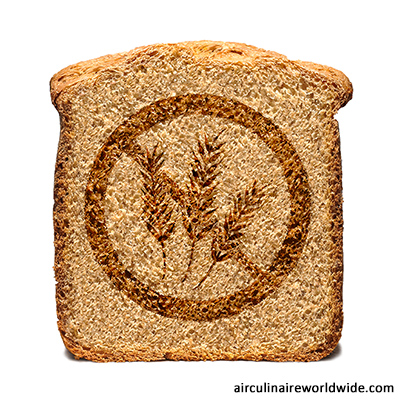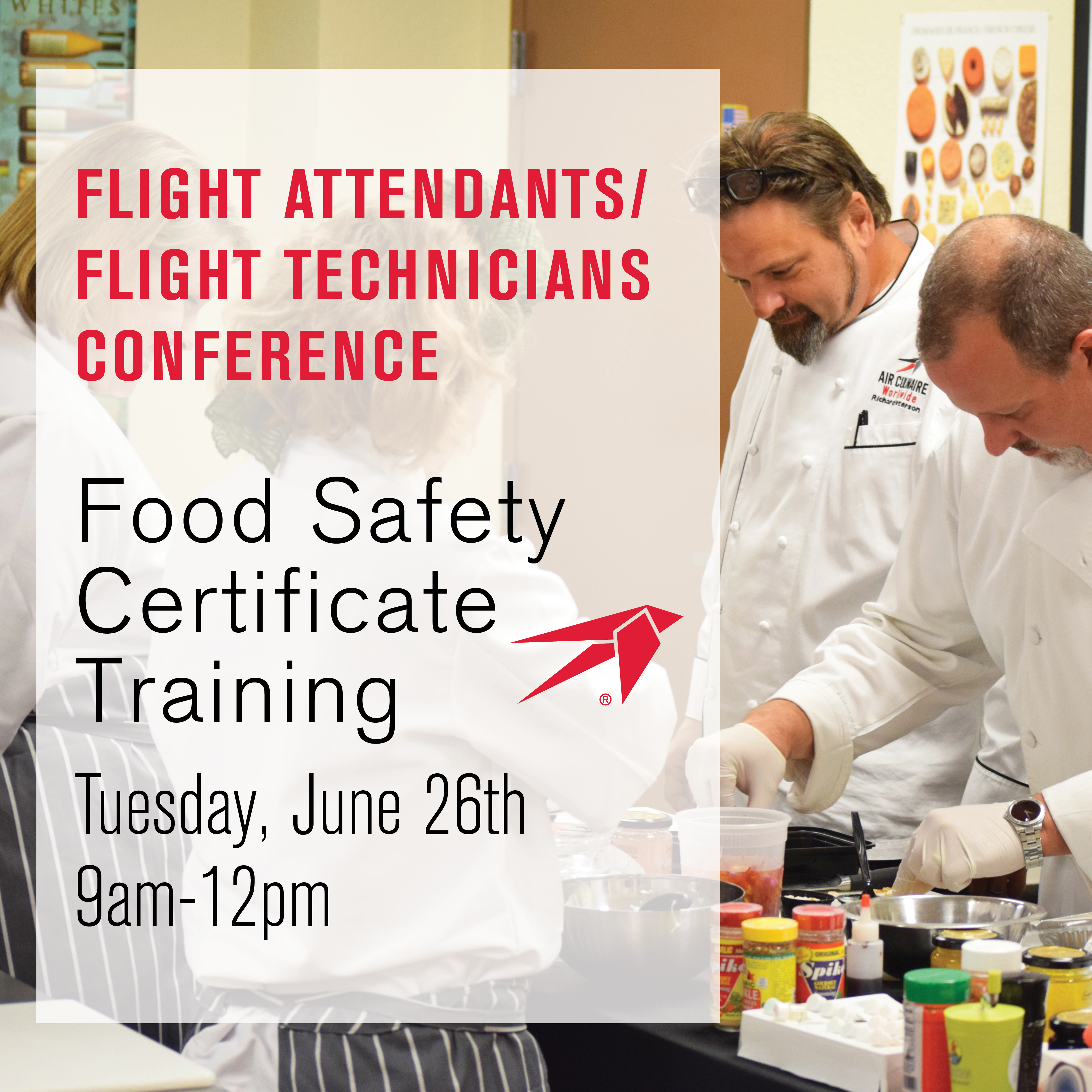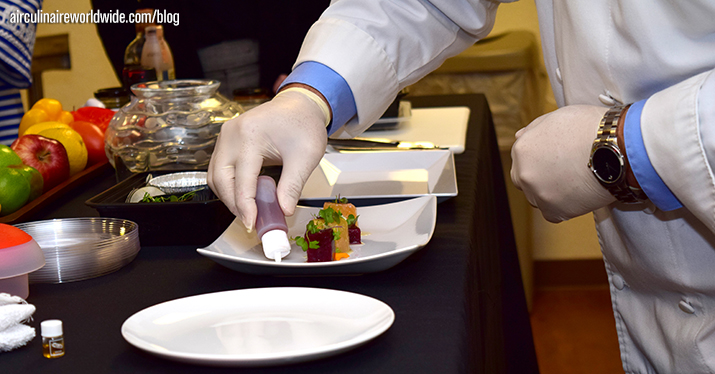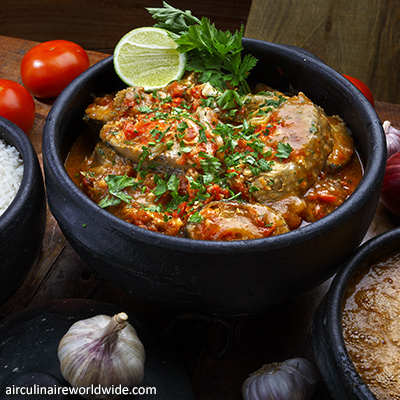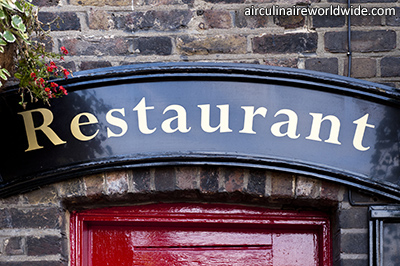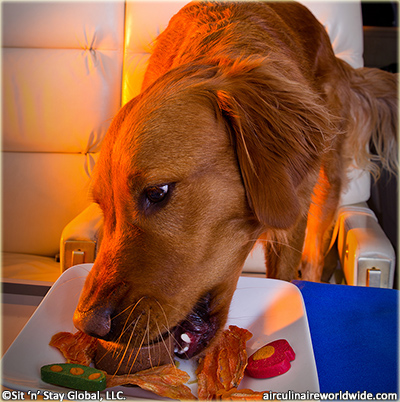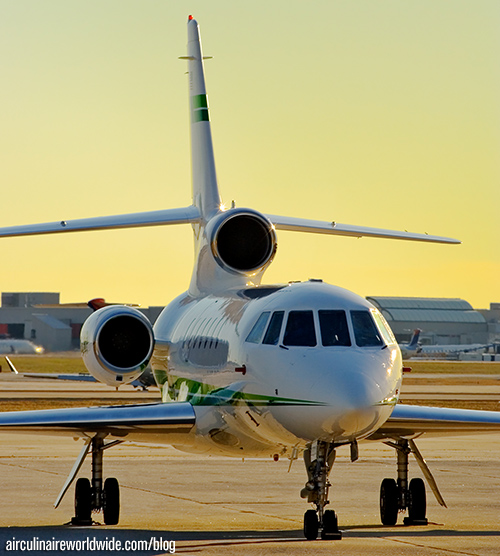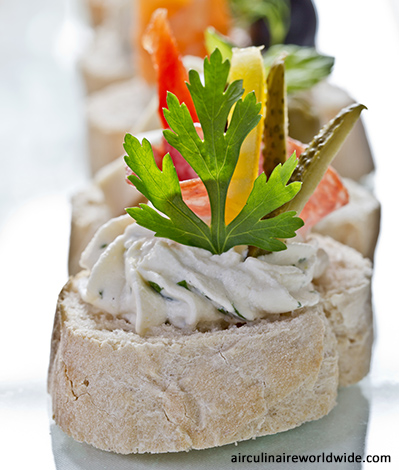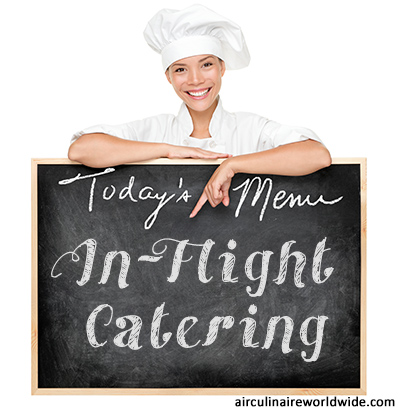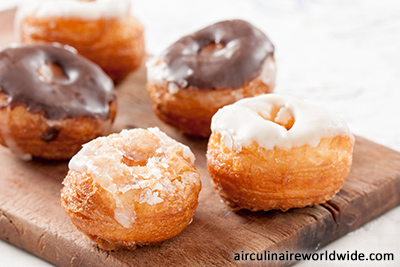In-flight catering chefs operate according to a completely different set of guidelines from those of a typical restaurant or catering chef. Because of the small, enclosed environment to which their food is consumed, we have to be more mindful of the dietary requirements of the guests. Our guests cannot simply leave and go to another restaurant.
The focus on great food is still apparent in the in-flight catering industry, and is still the chef’s core competency, but we also realize the responsibility we have to ensure the food safety of all guests. In the past this focus on safety was centered on how the food was prepared and delivered. Today, the focus on food safety goes much deeper and centers on the actual ingredients or allergens contained within the food.
The connection between what we eat and how we feel has led to a focus on ingredients. Indeed, there are eight ingredients (listed in order of prevalence) that cause 90% of all food-related reactions. They are:
Food allergy reactions can range from anything as common as stomach discomfort, to anaphylaxis, which is a potentially life-threatening reaction unless immediately treated with a dose of epinephrine. It is important for anyone working with food to be familiar with the signs of anaphylaxis and the process to stabilize the individual until the aircraft can land, and medical professionals can take over.
With the climbing numbers of food allergies in the past several years, now instead of simply asking if passengers want “wheat or white,” you should also ask if “there are any allergies onboard.” The answers should be communicated not only to the caterer, but to the crew as well, for their meals may contain allergens that can affect the passengers onboard the aircraft.
It is typical that “Allergy Flights” are devoid of allergens for the entire passenger manifest. Due to the small space in a private jet, it is very easy to cross-contaminate allergens, either through contact or through the air. Making sure that an offending allergen is eliminated from the catering and crew meals is just a start. The focus should also be turned to the “onboard” aircraft stock. Eliminating the introduction of new allergens is futile if there are already allergens stocked on the aircraft. The key here is to read the entire label and, “when in doubt, throw it out.”
Reading ingredient labels is very important on many levels. Labels can tell you “nut-free” and other information. Several brands will even make the top eight allergens bold in their ingredients list or provide a disclaimer at the end of the ingredients listing the allergens. A good rule of thumb is that if you don’t understand the ingredient list, then it is not safe for use on your allergy flight. Additionally, if someone has a nut allergy, it is much safer that they have a fruit tray for dessert rather than a cookie tray.
There is such a wide variety of food and preparation styles that allergens are typically easily avoided. The goal for in-flight catering chefs is to exceed expectations for the passengers’ culinary experience regardless of any dietary restriction.
Questions?
If you have any questions about in-flight catering, contact weborders@airculinaire.com.
